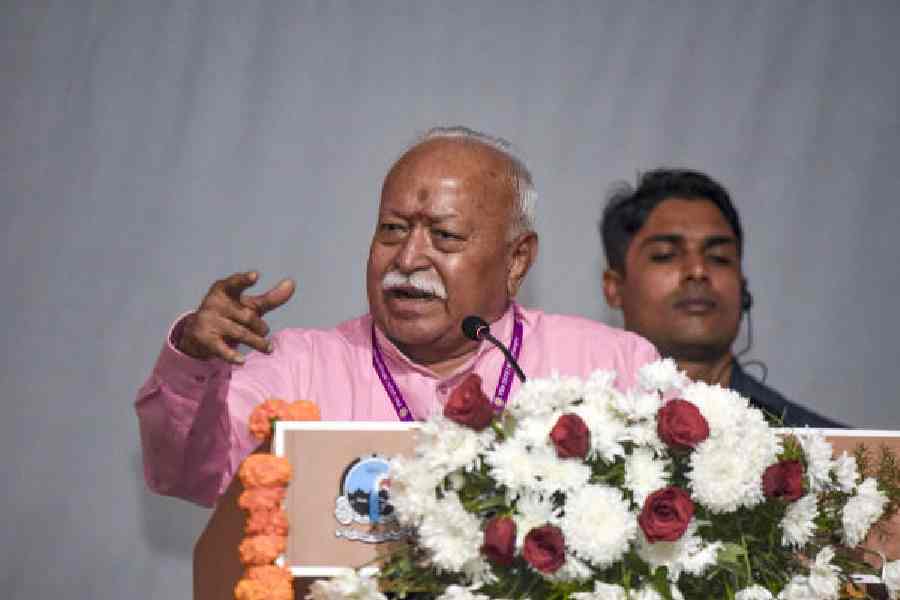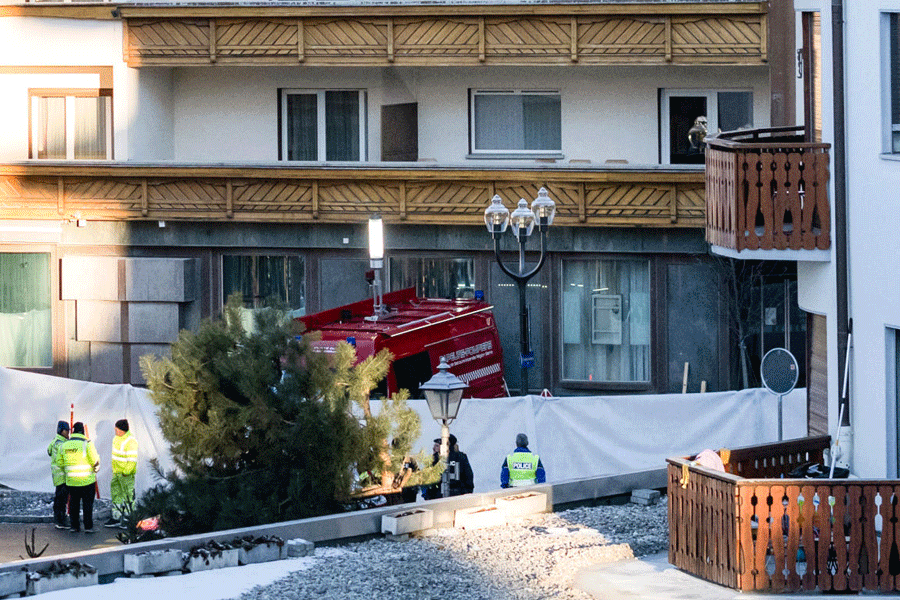Even in the middle of the pandemic there was reason for school teachers to rejoice. The National Educational Policy 2020 was announced and we learnt that the curriculum content for school students would be reduced in each subject to its “core essentials”. This part is still a ‘work in progress’ as the National Council of Educational Research and Training is in the process of applying finishing touches to the curriculum.
Teachers are heaving a big sigh of relief that the authorities finally realized that the way in which children are made to ingest syllabus-related information is not of great educational importance. Any reduction in the vast syllabus is thus welcome to them; a more compact syllabus would facilitate better assimilation of subject matter. Students would get more time for deeper study of each topic. But now comes the difficult part: on what basis will the “core essentials” be identified? As it is, there have been raging debates on public platforms over the selection of curriculum content. Often, the nature of these debates indicated that as a civilization, we seem to have regressed. The contention that we must go back to our ‘roots’ and ancient texts for all knowledge is narrow and limiting. It implies the neglect of important aspects of study that are illogically labelled ‘anti-national’. Ideology and political concerns have always influenced curriculum design but propaganda (blatant or subtle), bias and factual inaccuracies must be guarded against. In fact, students should be encouraged to examine a variety of books and resources and engage with different analyses and interpretations of facts and events. Teachers appreciate the fact that the NEP has recognized that education is not just about retaining a mass of information. Rote learning is being frowned upon for good reason. Learning is about being able to analyse, synthesise and apply new knowledge and simply cannot be equated with the ability to memorize and reproduce the content of text books.The welcome reduction of the syllabus should enable students to process every new unit of learning in detail instead of having to rush through a massive syllabus within a specified time-frame.
But teachers know that without a parallel overhaul in the mode of assessment there would be no dividends from a shortened syllabus. The trouble is that we Indians are so organically attached to textbooks and ‘mass examinations’ that we find it hard to conceive that learning and assessment can take place in any other way. It is interesting to note that many scholars trace the birth of modern China way back to 1905. It was in this year that the Qing dynasty abolished the central examination system as the curriculum was felt to be irrelevant to the issues of the 20th century. Expectedly, as soon as the outdated examination system was discarded, the rigid bureaucracy too was wiped out and China was finally rid of antiquated ‘scholar-officials’.
In India too, in spite of periodical reforms, young people have been tied to an examination system which is far too dependent on textbooks and rote learning. The announcement of the new National Curriculum Framework after 15 years is most refreshing, and the hope is that finally our dated examination system will be overhauled for the better.
Sometimes it takes a cataclysm to force changes in society. The totally unexpected assault of the novel coronavirus led to the temporary shutdown of the world’s schools. This in turn necessitated an alternative teaching-learning process. Also, a way had to be found to do away with a system of assessment which required large numbers of candidates to assemble at different centres and sit in a hall for two to three hours to write their exams.
In the six months that schools have remained closed, educators have discovered much about the pros and cons of virtual lessons. They have learnt to sift from the prescribed syllabuses and have discovered effective pedagogical strategies. It is pointless to discuss the comparative benefits of in-person and virtual teaching because it is time that we looked reality in the face and prepared for a blend of the two. The sooner we accept that we cannot return to our school campuses and just pick up from where we left off, the better we will be prepared for the future.
It is during the lockdown that we teachers realized the need to examine our priorities and ‘reinvent’ ourselves. We found ourselves adapting to the world of Google, Microsoft and Zoom classes, trawling the internet for appropriate resources and searching for ways to make children ‘work from home’. In this period of trials and tribulations we also discovered how hidebound many of us were about the sanctity of the trinity of syllabus, textbook and examination.
The reactions of parents to the changes were varied. Some appreciated the quickness with which teachers had transitioned to a new and completely unfamiliar environment in spite of the adverse circumstances. A few felt that they were “not getting their money’s worth” as certain chapters in their children’s textbooks had not been dealt with ‘thoroughly’ by the teacher. They are usually the nit-pickers who lose sight of the larger picture and fail to recognize the demands of the times. Thankfully, both parents and teachers have by now changed their mindsets and are making the most of the tools that are available to keep the learning process alive. Indeed, many are engaging children in fun activities, discovering the joys of flexibility and enjoying the rewards of connecting with school communities near and far.
Meanwhile, teachers worry about the deepening digital divide. Many children are deprived of the fruits of distance learning because they neither have access to the internet nor possess the appropriate devices. Their learning has practically come to a halt. Moreover, sometimes we forget that some children’s home environments are not conducive to learning. Thus, “core essentials” have a wider meaning than important topics in a subject. Nevertheless, we teachers are waiting with bated breath for the makers of the new National Curriculum Framework to tell us what they are.










